Pudgy pets are a common sight, but while their chubbiness can seem adorable, obesity has significant implications for your pet’s overall health and wellbeing. Our team at Cane Bay Veterinary Clinic explains this growing concern that is dangerous for pets and how you can help ensure your pet maintains a healthy weight.
Pet obesity is a growing concern
According to the Association for Pet Obesity Prevention (APOP), 55.8% of dogs and 59.5% of cats are considered overweight or obese. These figures indicating that more than half the country’s pet population is affected by this health issue is staggering. Yet, pet obesity rates continue to steadily rise, mirroring the human obesity epidemic, and proving the issue requires urgent attention.
Health risks for overweight pets
Overweight and obese pets are at a higher risk for a variety of weight-related conditions, including:
- Arthritis — Extra weight can strain your pet’s joints, leading to wear and tear that causes arthritis. Over time, arthritis worsens and limits mobility, and causes muscle atrophy and serious pain.
- Diabetes — Overweight and obese pets have a high risk of developing type II diabetes, which can occur when the body can’t use glucose normally. A diabetic pet requires frequent veterinary visits, a specific diet, and daily insulin injections.
- Heart disease — Excess weight increases your pet’s blood pressure and puts serious strain on their entire cardiovascular system.
- Cancer — Like overweight humans, obese pets have an increased risk for certain cancers.
- Shorter life expectancy —Overweight pets often suffer with physical discomfort, so are typically less active. Obese pets, with or without secondary health conditions, can have a reduced lifespan and a lowered quality of life.
How to evaluate your pet’s weight
Assessing your pet’s weight can be challenging, especially if your pet’s long, thick coat hides their excess fat. Weighing your pet is a good start, but their overall body condition better predicts their total wellbeing. You can determine your pet’s body condition score (BCS) by performing the following assessment at home:
- Rib check — You should be able to feel your pet’s ribs easily when you place your hands on their sides, but the ribs shouldn’t be visible.
- Hourglass figure — When you look at your pet from above, you should see a noticeable narrowing at their waist behind the ribs.
- Tuck up — When you view your pet from the side, their belly should tuck up, and not hang down.
We recommend a weekly hands-on evaluation to become familiar with your pet’s body, so any changes will be obvious and you can make the appropriate dietary adjustments.
How to help your pet lose weight
If your pet is overweight, your veterinarian can help you customize their weight-loss plan, which may include lifestyle changes, balanced calorie consumption, and physical activity. Help your pet shed those extra pounds with these tips:
- Measure your pet’s food — Use a measuring cup so you feed your pet the exact amount that they need and to ensure you aren’t accidentally overfeeding.
- Limit high-calorie treats — Most pet treats are high in fat and calories, and you can easily overfeed your pet without realizing. Treats should make up no more than 10% of your pet’s overall calorie intake. Feed your pet steamed or raw vegetables, such as celery, carrots, green beans, and broccoli, rather than high-calorie treats with little nutritional value.
- Exercise your pet daily — Like people, pets need exercise to stay healthy, and physical activity is crucial for weight loss. Your veterinarian can help you develop an appropriate exercise program for your pet. Then, start slowly, and gradually increase the amount of exercise as your pet’s stamina improves.
- Monitor progress — Regularly weigh your pet, consult with your veterinarian, and adjust your pet’s weight management plan as needed.
Managing your pet’s healthy weight
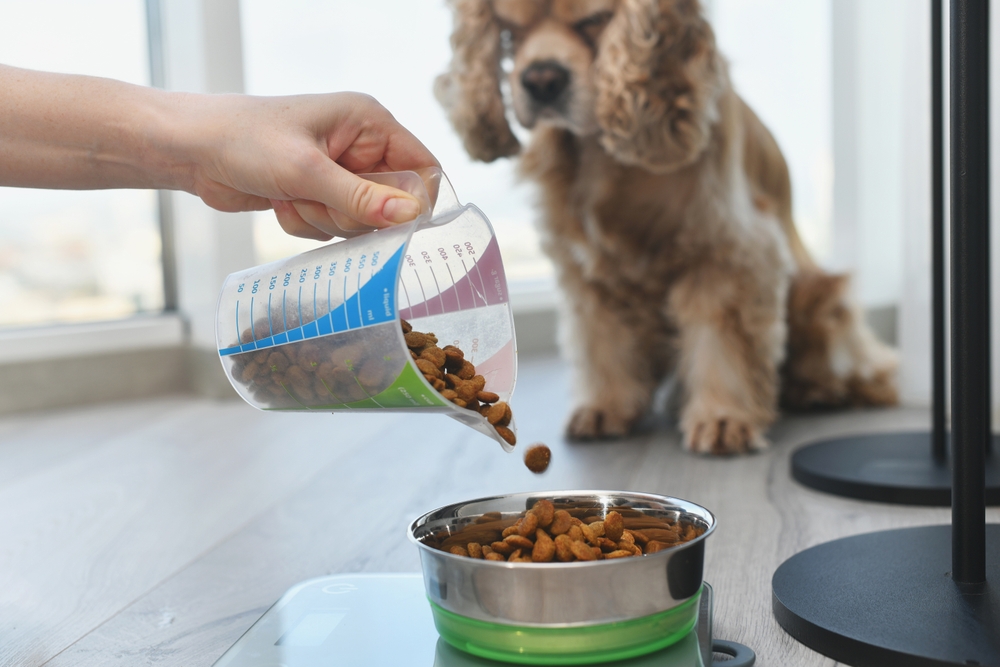
Weight management is an essential part of your pet’s health and wellbeing. Your ideal weight pet will be healthier, more energetic, suffer less pain and illness, and live a longer, happier life. When designing your pet’s weight-management plan, consider the following:
- Caloric intake — To maintain your pet’s healthy weight, use an online dog or cat calorie calculator—or ask your veterinarian—to determine their appropriate daily caloric intake. Then, divide that number into two or three meals.
- Well-balanced diet — A diet that is correctly balanced for your pet’s life stage, lifestyle, and health will help them feel full and ensure they receive essential nutrients.
- Regular wellness visits — Our veterinary team is trained to assess your pet’s weight, and regular wellness visits help us determine if they are overweight and allow us to track their progress.
Taking responsibility for your pet’s weight is a commitment to their long-term health and happiness. If your pet has a few extra pounds to lose, contact our Cane Bay Veterinary Clinic team so we can devise their individualized weight-loss plan.

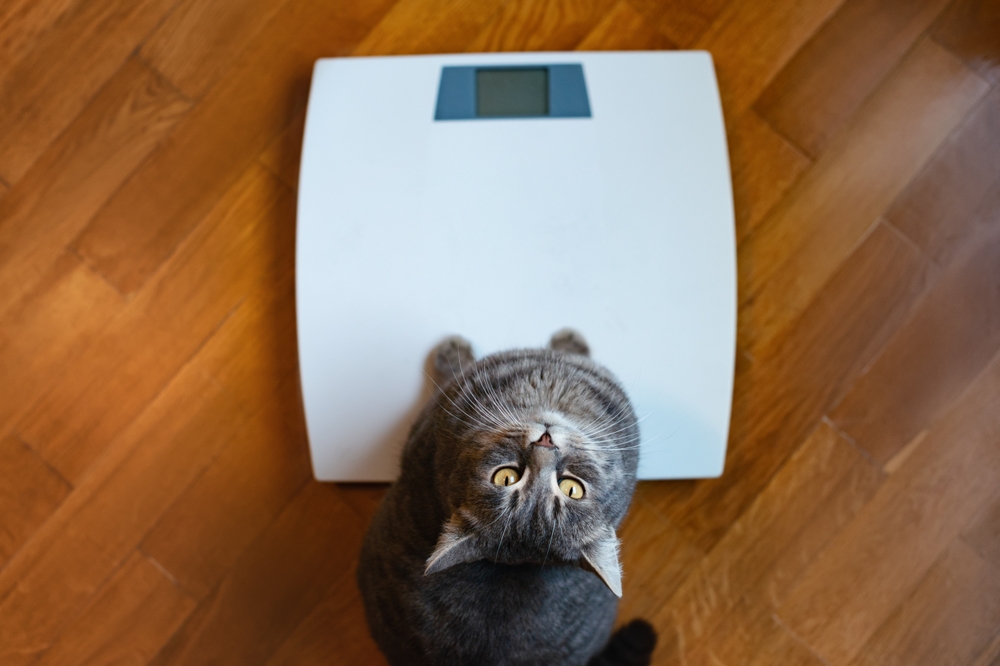
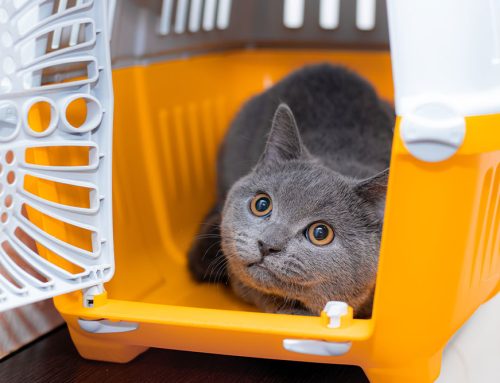
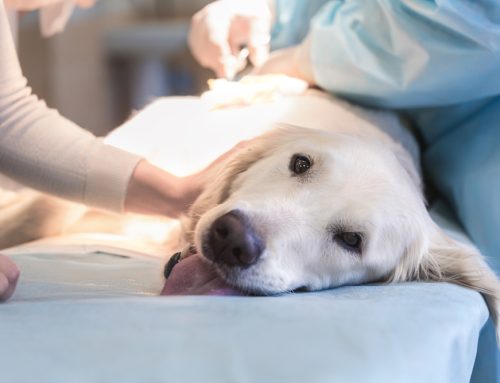
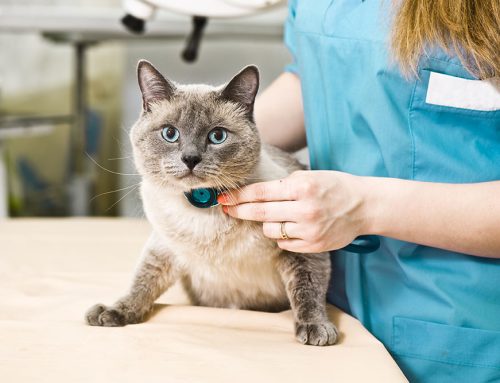


Leave A Comment